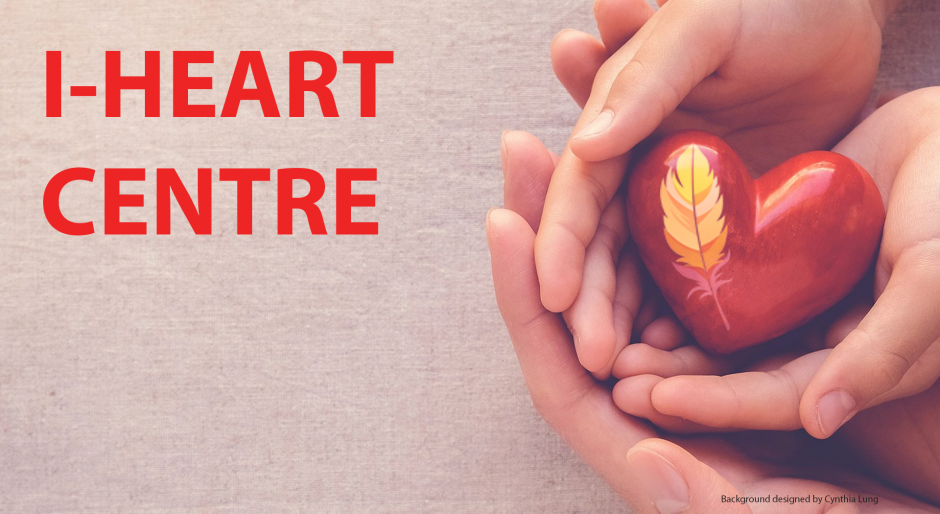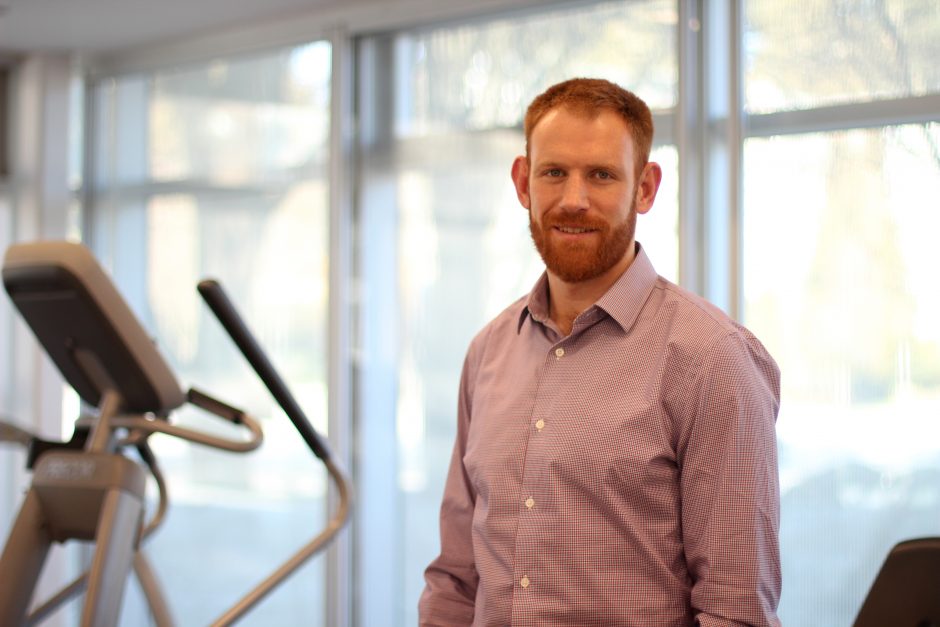 Dr. Cameron Mitchell is the School of Kinesiology’s newest faculty member, having joined in January 2019. Cameron came to UBC from the University of Auckland, where he spent the last five years. And despite the fact that he cycled to work every day of those five years in shorts, he still seems excited to have joined us here in rainy Vancouver.
Dr. Cameron Mitchell is the School of Kinesiology’s newest faculty member, having joined in January 2019. Cameron came to UBC from the University of Auckland, where he spent the last five years. And despite the fact that he cycled to work every day of those five years in shorts, he still seems excited to have joined us here in rainy Vancouver.
Cameron brings with him a unique set of research interests. “I’m interested in how and why muscle grows and shrinks,” he says. “Everything from the molecular mechanisms as to why that happens to how we can use exercise and nutrition to help improve the performance of athletes or maintain physical function as people age.” Cameron’s current research asks: What are the mechanisms underpinning the age-related decline in muscle size and size, and what interventions can preserve muscle size and physical function during aging?
In Auckland, Cameron looked at these questions in the nutrition and mobility clinic at the university. “We used the lab for exercise and nutrition intervention studies as well as acute studies – so in my research I use stabilized isotopic tracers which are essentially heavy amino acids that allow us to track muscle metabolism,” he says. He also used the clinic for large-scale studies looking at how much protein elderly individuals need to maintain physical function. Through that study, Cameron and his team learned that the current recommended dietary allowance (RDA) for protein intake for the aging population was nowhere near enough to maintain muscle function and size. “We know that there are clear adverse implications for older adults who do not exceed current minimum protein recommendations.”
Cameron’s research is part of a growing body of evidence supporting the need for slightly higher protein diets in older people to maintain physical function, and he’d also like to see the minimum recommendations changed. “It’s also really important to note that diet plays a role, but without exercise people are always going to see a physical decline as they age,” he says.
Cameron started down this path while he was completing his undergraduate degree in Kinesiology at McMaster University. “At first I just wanted to play on the rugby team,” he l
aughs. “I never thought I would do any other school. Then I decided I might be interested in becoming a strength and conditioning coach, I really enjoyed the resistance training and training aspect, and then during my third year I was exposed to more evidence- and research-based classes and I got very interested in that from a sport point of view. Over time, as I did a Masters and PhD, my interest evolved a little more into how to maintain function with aging and how to improve health and quality of life in older adults.”
Cameron’s found his research rewarding because he’s seen that his discoveries can have a huge impact in the life and health of an older adult, with simple changes to their exercise and nutrition. And he brings a unique angle to the work that he’s doing. “The muscle metabolism and molecular mechanism portion is a big focus for me, and I think this is a new focus for the School.”
Molecular mechanisms means that Cameron focuses on the muscle cell and what’s controlling changes in muscle size and function. “We do everything from activation of signalling pathways to gene expression to post-transcriptional regulation – a lot of my research has been on something called micro-RNAs, which are small, non-coding bits of RNA that don’t make proteins but help to regulate which proteins are made by the cell leading to differences in muscle size and performance.”
Being at the University of Auckland for the last five years in a completely research-focused institute exposed Cameron to a lot of lab skills he says he wouldn’t have had access to elsewhere. “I was able to be part of a very large research team that spanned almost the whole discipline of nutrition,” he says.
Cameron’s hoping that the work that he does will have real-life impact within the School’s BodyWorks programming. “I’m hoping to use some of the BodyWorks facilities as a laboratory to determine the best exercise and nutrition advice we can give to maintain function as we age.” Cameron is hoping to provide academic support to the BodyWorks program to allow for continual incorporation of new evidence-based practices into the program offerings.
Since leaving Auckland, Cameron has been taking in all that the Greater Vancouver Area (and further) have to offer. “I really appreciate the outdoor recreation access that Vancouver offers,” he says. Since retiring from rugby and coaching rugby at a national level, Cameron’s interests have shifted much more to the outdoors. He enjoys rock climbing, ice climbing, mountaineering, and split boarding. “Really anything in the mountains,” he says. Cameron also runs through the Pacific Spirit Park, where he says he comes up with or improves upon some of his best research ideas. “I find that if I’m out on a long climb, especially on the walk out, I’ll be relaxed and come up with some of my best ideas,” he says.
With regard to how he approaches prescribing exercise based the research that he does, Cameron says: “I think it’s important to remember that many people don’t want to go to the gym and have a very complex and prescribed program, they want to go out and be active and do sports. So when making exercise recommendations, I’m reminded to have a physical activity first mentality rather than a very prescribed, numbers-based approach.”
As Cameron moves into a role that gives him more opportunity to teach, I ask what his advice would be to students going through the program now. “If you asked me or anyone that knew me when I was completing my undergrad if there was any chance I’d end up as a professor, and I’m sure there’d have been a 0% chance that anyone would say yes,” he says. “So with that in mind, I’d say don’t over plan anything, just continue to do the things that you’re good at and passionate about instead of setting a very specific goal right away.”
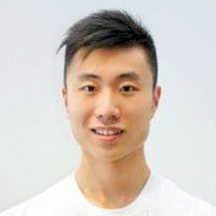
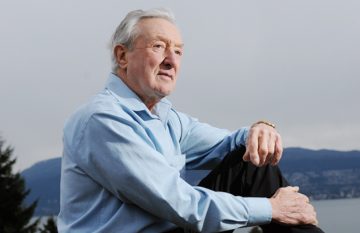
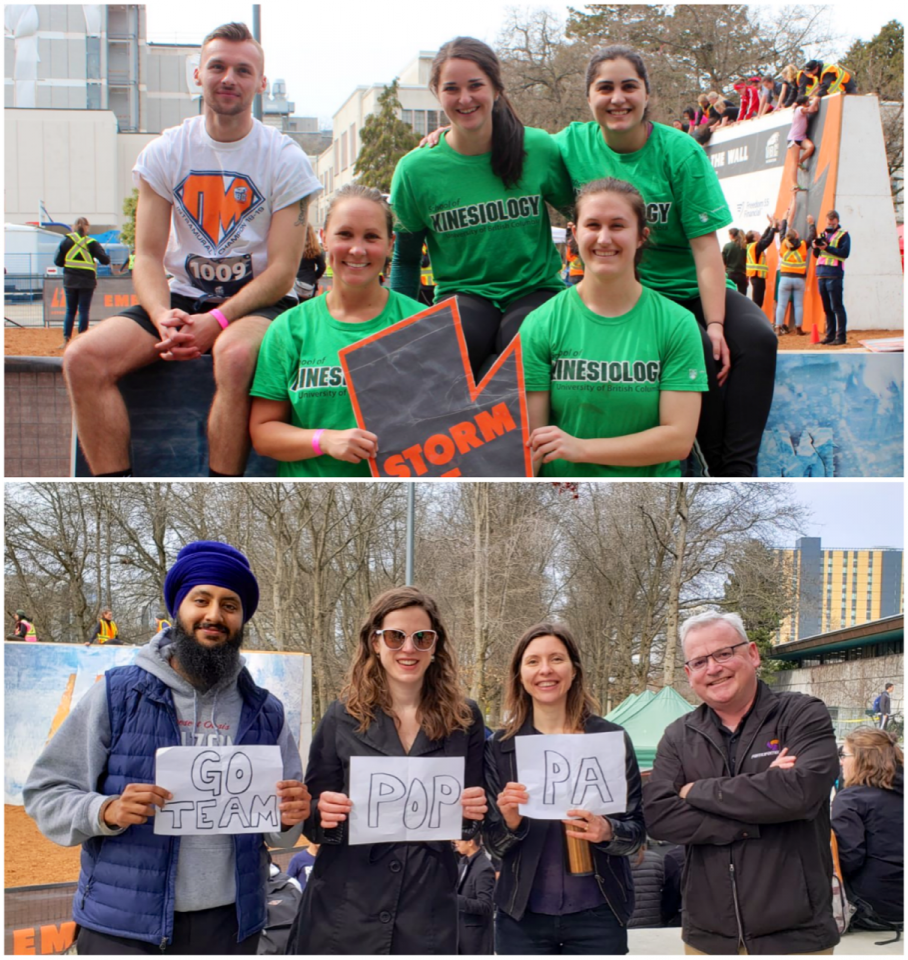
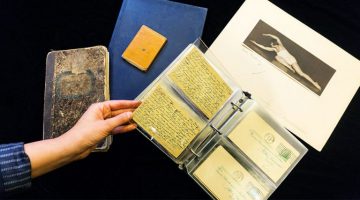
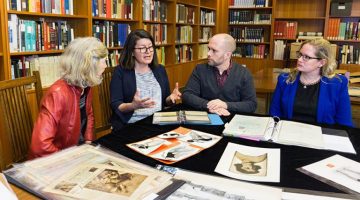
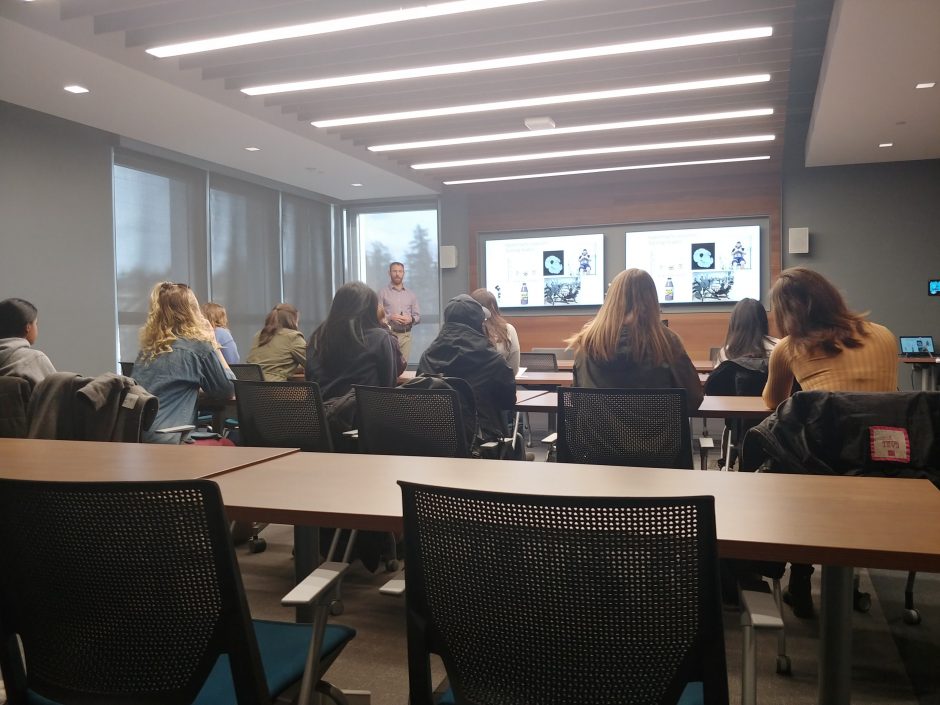

 Dr. Cameron Mitchell is the School of Kinesiology’s newest faculty member, having joined in January 2019. Cameron came to UBC from the University of Auckland, where he spent the last five years. And despite the fact that he cycled to work every day of those five years in shorts, he still seems excited to have joined us here in rainy Vancouver.
Dr. Cameron Mitchell is the School of Kinesiology’s newest faculty member, having joined in January 2019. Cameron came to UBC from the University of Auckland, where he spent the last five years. And despite the fact that he cycled to work every day of those five years in shorts, he still seems excited to have joined us here in rainy Vancouver.